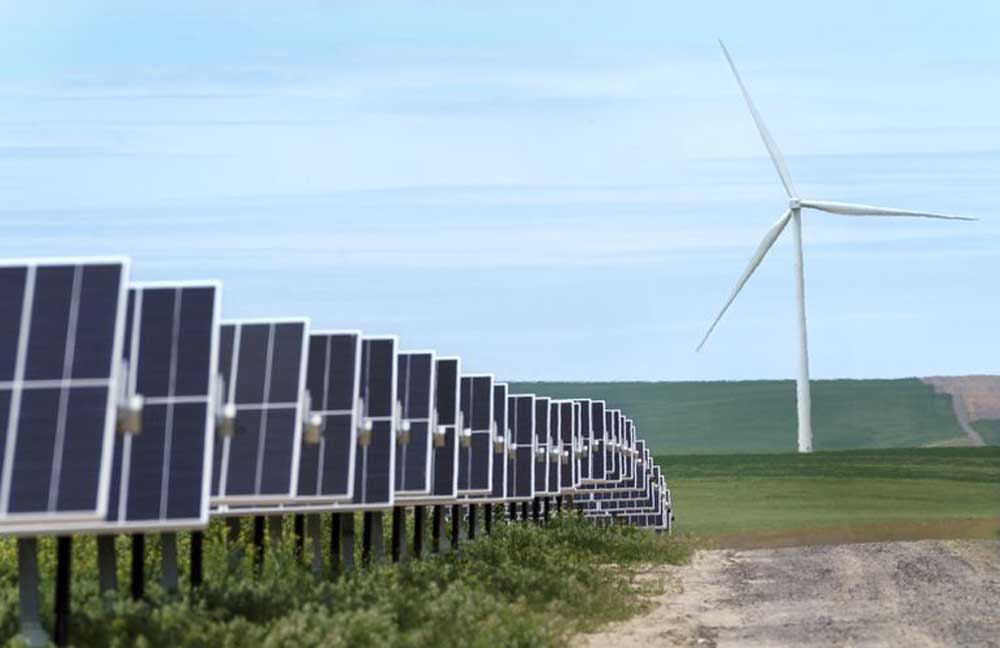A glimpse at the future of agriculture
Published 11:40 am Tuesday, September 5, 2017

- Editorial voice of the Chieftain
In 1977, when the first “Star Wars” movie premiered, few — if any — viewers thought it would predict the future of agriculture.
We should explain.
In the movie, Luke Skywalker — “Our Hero” — first appeared as he was working on his uncle’s “moisture farm” on a desert planet. This farm captured its water directly from the atmosphere, which was unique enough, but only Luke and his aunt and uncle ran the whole operation.
The rest of the “workers” were autonomous droids, or robots. As you will recall, they did all of the work on the farm, and Luke’s job was to repair them. He was going to town to get a spare part when he encountered Sand People and was rescued by Obi-Wan Kenobi, the Jedi knight.
While the rest of the story is well known, most people dismissed the idea of an automated farm was nothing more than the product of a fertile imagination and science fiction.
Fast forward 40 years, and the vision of a farm where robots and drones do much of the work no longer seems so far-fetched.
At a recent conference in Pendleton, researchers, inventors and farmers got together to contemplate the future of farming. The ideas they have developed make “Star Wars” seem old-fashioned.
In the not-too-distant future, they see robotic workers harvesting fruits and vegetables and driverless tractors and combines planting and harvesting crops. Drones and sensors will identify portions of fields needing irrigation or applications of fertilizer or pesticide and call in other drones to do the job.
Ranchers will use drones to monitor the location and health of their cattle on the range and, when needed, to chase off predators such as wolves or coyotes.
Combine that with other advances in agriculture, from genetic editing of crops to use less water, fertilizer and pesticide to orchards, vineyards and berry farms that are designed for efficient mechanical harvesting and you have a hint of what the future of agriculture holds.
These advances will not happen solely because they represent “progress.” They will address problems that farmers and ranchers face. Among those problems are a shortage of labor, the need for the more precise use of resources and, most importantly, the need to feed 7.5 billion people on the planet today and more in the future.
The possibilities are endless. They are limited only by the imaginations of agriculture’s best and brightest innovators.
“There’s a clear path toward completely automated farming,” Jake Joraanstad of Myriad Mobile Solutions, a Fargo, N.D.-based tech company, told the Pendleton gathering. “To solve the hunger problem, we have to be going there, that has to be the future.”
As technology develops in every arena of agriculture, we will see farmers and ranchers adopt it as a way to grow the food a hungry planet needs.
May the force be with us.








